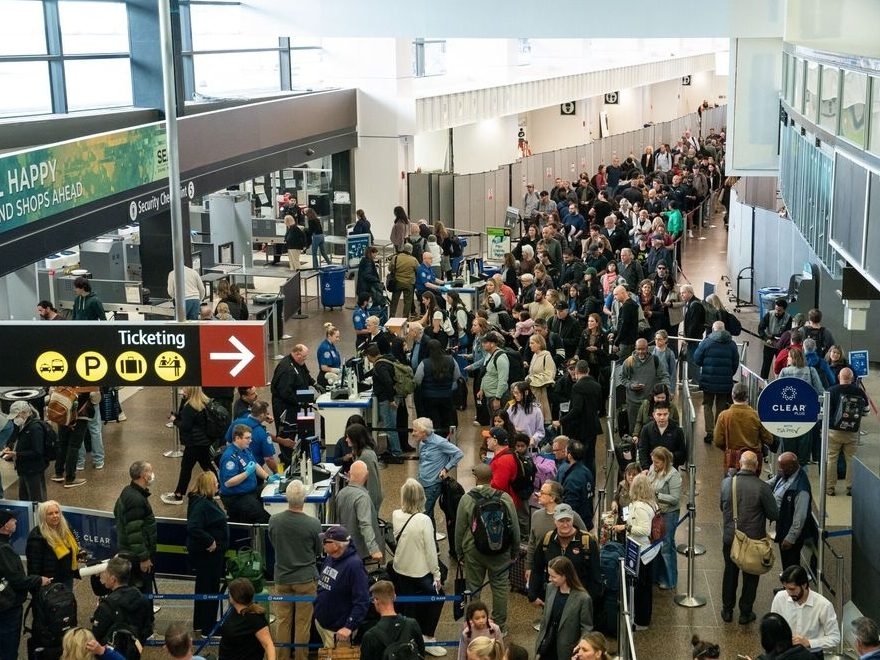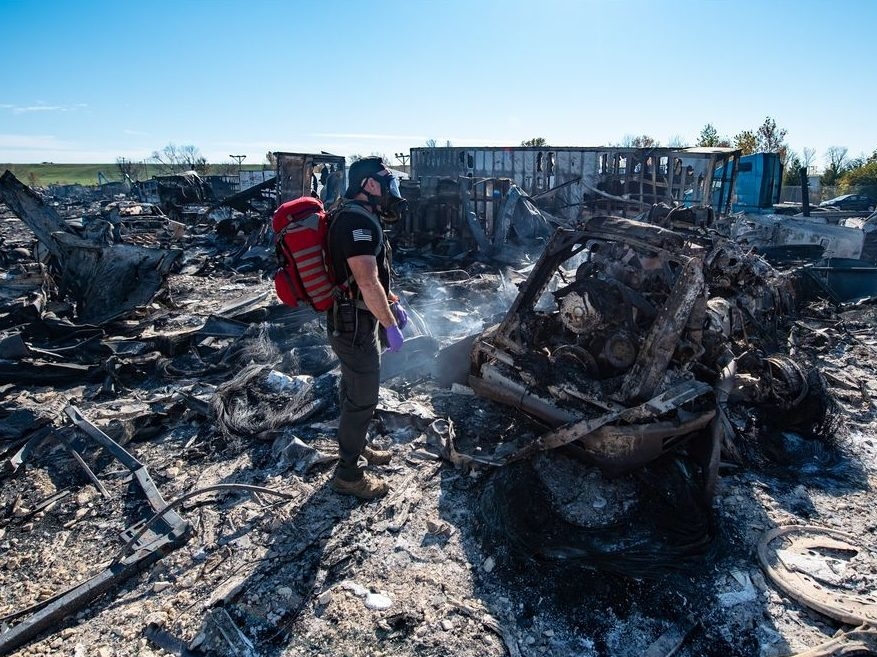A seemingly ordinary fall from a ten-foot ladder six years ago irrevocably altered Mark Foster’s life, triggering a cascade of strokes that stole his ability to walk and speak. He faced a future shrouded in silence and immobility, a stark contrast to the active life he once knew as a skilled tradesman.
Years of dedicated physiotherapy and speech therapy offered incremental improvements, but progress felt agonizingly slow. Then came a turning point – PoNS therapy. This innovative approach, utilizing gentle stimulation delivered through a mouthpiece, began to unlock pathways in his brain that had long been dormant.
“I had more progress in six months than in four years,” Foster recounts, his voice now carrying a weight of gratitude and renewed hope. The therapy wasn’t a miracle cure, but it ignited a spark, fostering a confidence he hadn’t felt since the initial fall.

The PoNS device works by stimulating the surface of the tongue, a surprisingly effective method for enhancing neuroplasticity – the brain’s ability to reorganize itself. When combined with focused rehabilitation exercises, it empowers the brain to forge new connections and regain lost function.
Foster, paralyzed on his right side after the strokes, found himself attending Neuphysio Rehabilitation in London. The therapy wasn’t perfect; he wasn’t back to his former self. But he was regaining ground, finding it easier to navigate the world with a newfound sense of stability.
Sari Shatil, owner and physiotherapist at Neuphysio, explains the evolution of this fascinating technology. Starting with research in the 1990s, the idea of tongue stimulation as a means to improve brain patterning gradually materialized into the PoNS device we know today.
The device doesn’t simply fix the problem; it activates the brain, creating an optimal environment for learning and recovery. It’s a catalyst, amplifying the benefits of dedicated training and empowering patients to reclaim their lives.
The initial fall occurred on a job site in Paris, Ontario, while Foster was running electrical wire. He initially dismissed the impact, feeling surprisingly unharmed. It was a co-worker’s observation – a subtle “offness” in his demeanor – that prompted a crucial trip to the hospital.
Scans revealed extensive swelling and, unexpectedly, a cavernoma – an abnormal cluster of blood vessels in the brain. While unrelated to the fall, this underlying condition would soon play a devastating role. Doctors advised rest, mirroring the protocol for a concussion.
A week later, a simple shower proved catastrophic. The increased blood flow triggered a clot, reaching his brain and unleashing the first, devastating stroke. His wife, Sonia, found him on the floor, unable to communicate, his entire right side paralyzed.
The ensuing days were a whirlwind of emergency care, from Ingersoll hospital to a critical flight via Ornge air ambulance to University Hospital. It was a massive stroke, leaving him utterly dependent and unable to express even a single thought.
Following initial treatment, Foster began outpatient therapy at Woodstock Hospital. But just months later, Sonia noticed a disturbing regression – slurred speech, worsening balance, and a frightening tendency to stumble. Another hospital visit revealed the cavernoma was the culprit, swelling and causing further bleeding, leading to a second, smaller stroke.
The subsequent brain surgery, initially planned for four hours, stretched to ten, erasing all the progress he had painstakingly achieved. He was forced to start his recovery journey anew, facing an even steeper climb.
The physical toll was compounded by a profound depression. “It took a long time to go from absolutely nothing,” Foster admits, acknowledging the heartbreak but also the renewed determination to fight his way back.
It was the introduction of PoNS therapy that finally shifted the trajectory of his recovery. Sonia, his unwavering support, noticed a tangible difference, a newfound stability and cognitive awareness. “I’m less worried about him falling,” she shares, her voice filled with relief.
Foster continues to work tirelessly on regaining full function in his right arm and hand, driven by the hope of returning to the work he loves. He envisions a future, three to five years from now, where he can once again contribute his skills and experience.
Sonia, watching his unwavering spirit, expresses immense pride. “He’s come a long way,” she says, acknowledging the immense struggle and celebrating the resilience that defines her husband’s journey.





